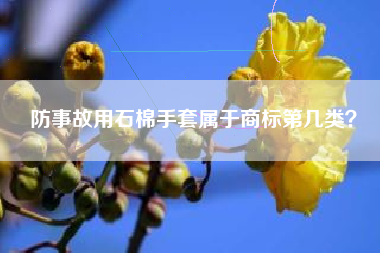防事故用石棉手套属于商标第几类?

| 注册防事故用石棉手套商标时如何选择其他小类: |
| 1.选择注册(个人用防事故装置,群组号:0919,编号:090004)类别的商标有92066件 |
| 2.选择注册(护目镜,群组号:0919,编号:C090115)类别的商标有27791件 |
| 3.选择注册(安全头盔,群组号:0919,编号:090112)类别的商标有25721件 |
| 4.选择注册(救生器械和设备,群组号:0919,编号:090295)类别的商标有20554件 |
| 5.选择注册(防眩光眼镜,群组号:0919,编号:090046)类别的商标有13683件 |
| 6.选择注册(防护面罩,群组号:0919,编号:090338)类别的商标有12864件 |
| 7.选择注册(防事故用手套,群组号:0919,编号:090274)类别的商标有12748件 |
| 8.选择注册(体育用护目镜,群组号:0919,编号:090654)类别的商标有9803件 |
| 9.选择注册(防事故、防辐射、防火用鞋,群组号:0919,编号:090645)类别的商标有9273件 |
| 10.选择注册(体育用保护头盔,群组号:0919,编号:090656)类别的商标有8717件 |
| 其他跟“防事故用石棉手套”相关的商标类别: |
| 第09类0919群组:事故用石棉手套 090034; |
此文章来源于网络,如有侵权,请联系第一时间删除